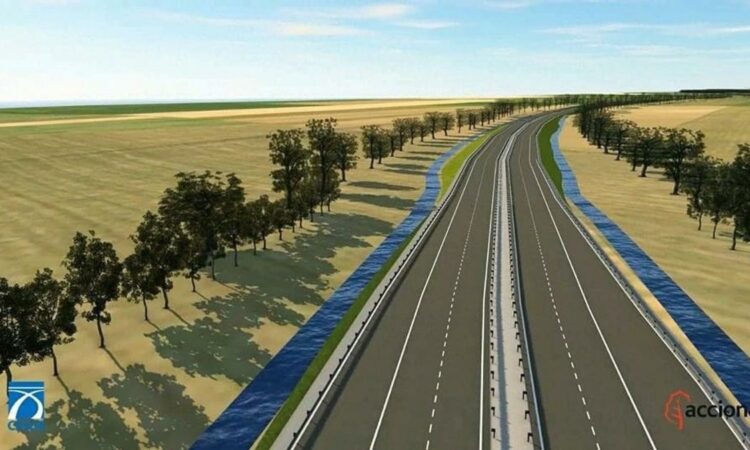
Marking a significant stride in Romania’s infrastructure development, the Suceava-Pascani motorway project has taken a crucial step forward. The feasibility study, laying the groundwork for a 62-kilometer motorway that promises to enhance the connectivity in northeastern Romania, has been greenlit. This development not only signifies a leap towards modern infrastructure but also showcases the pivotal role of European Union (EU) funds in transforming regional mobility.
The Genesis of a Groundbreaking Project
The approval of the feasibility study by Romania’s road infrastructure authority, CNAIR, under the watchful eyes of Transportation Minister Sorin Grindeanu, marks the dawn of the Suceava-Pascani motorway section. With an investment pegged at 1.56 billion euros, this initiative is poised to form a critical segment of the A7 Moldavia motorway. Envisioned to stretch from Ploiesti in the south to Siret in the northeast, the A7 is more than a motorway; it’s a lifeline that will connect the dots across Romania’s topographical map, fostering economic growth and regional development.
EU Funds: The Catalyst for Transformation
The project’s full alignment with EU funding is a testament to the European Union’s commitment to enhancing infrastructural connectivity among its member states. This financial backing not only secures the project’s completion but also ensures adherence to the highest standards of quality and sustainability. The division of the project into two lots for independent tendering underscores a strategic approach to construction, promising efficiency and transparency throughout the developmental phase.
A Path Towards Economic Revival and Connectivity
The Suceava-Pascani motorway is not just a route etched on a map; it’s a beacon of hope for the northeastern regions of Romania. By facilitating smoother transportation, the motorway is expected to invigorate the local economy, reduce travel times, and enhance safety for countless commuters. The ripple effects of this project will likely extend beyond the immediate benefits, paving the way for increased investment, tourism, and employment opportunities in the region.
In essence, the approval of the feasibility study for the Suceava-Pascani motorway section marks a pivotal moment in Romania’s journey towards infrastructural modernization. Funded entirely by the EU, this project stands as a shining example of how collaborative efforts can bring about transformative changes, connecting communities, and fostering economic growth. As the project moves from paper to pavement, it promises to carve a path of progress across Romania’s northeastern landscape, heralding a new era of connectivity and development.






